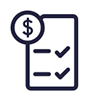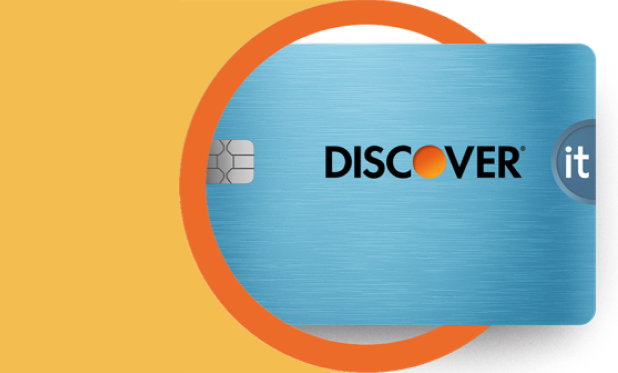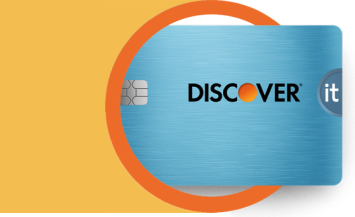Should you sign your credit card soon after you receive it in the mail? The answer is yes. Most credit cards feature a specific customer signature panel where you should sign your name. Signing your card may protect you from a declined credit card transaction at the register. Plus, while technologies like the card reader, chip reader, and even the PIN have made credit cards more secure, your signature may still help prevent card fraud.

Should I Sign My Credit Card?
5 min read
Last Updated: August 21, 2025
Next steps

See if you're pre-approved

View all Discover credit cards
See rates, rewards and other info
You may also be interested in
Was this article helpful?
Was this article helpful?




